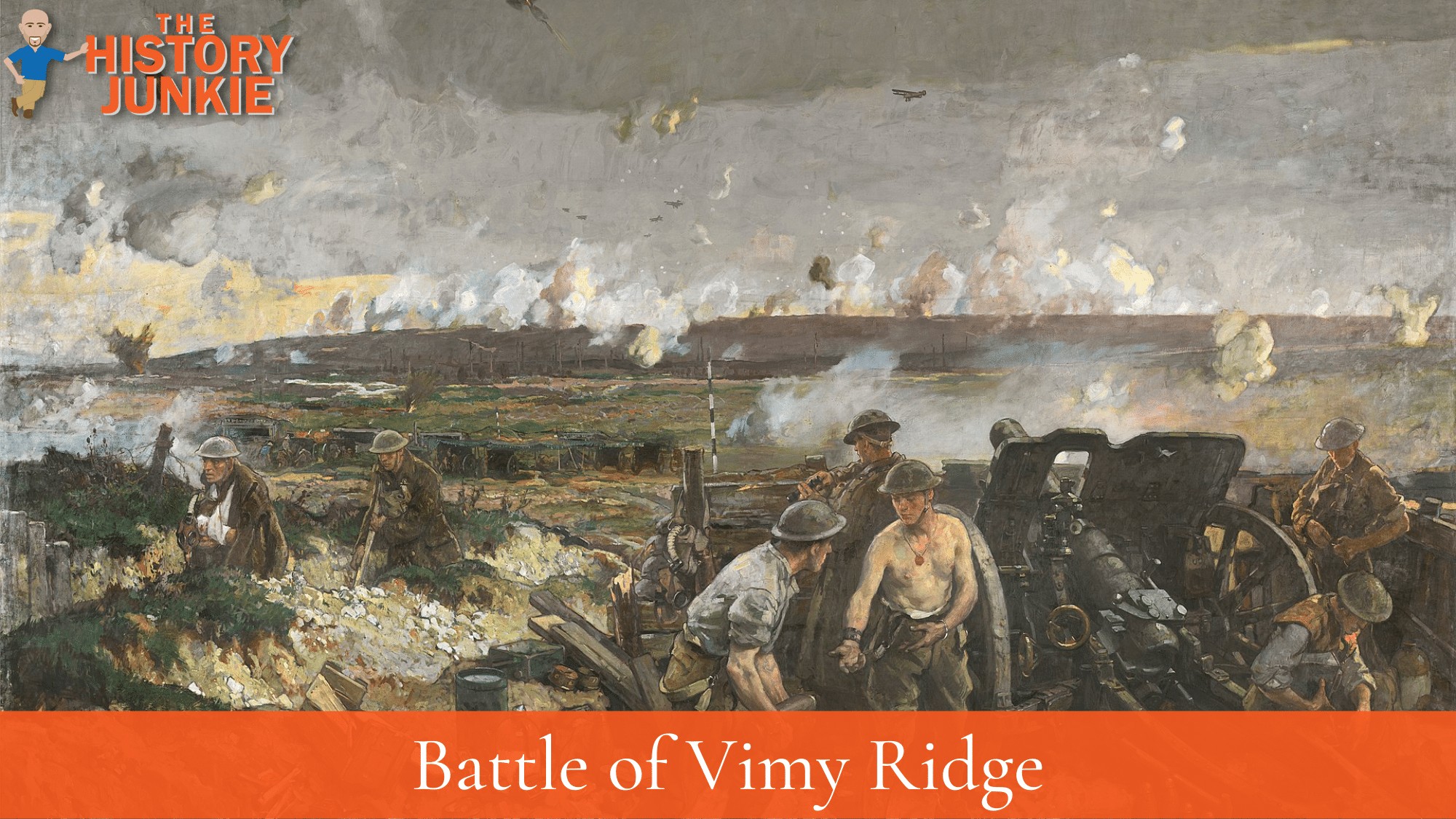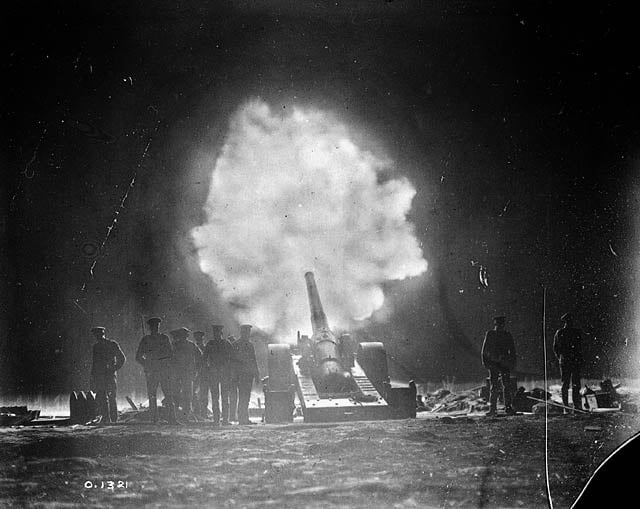The Battle of Vimy Ridge was a major battle of World War 1, fought by the Canadian Corps against German forces on Easter Monday, April 9, 1917. It was part of the Battle of Arras on the Western Front.

The battle took place on Vimy Ridge, a strategically important position in northern France that overlooked the Allied lines.
The Canadian Corps was tasked with capturing Vimy Ridge, which was heavily defended by the Germans. The Canadians had been training for this battle for months, and they were well-prepared.
Jump to:
They used a combination of artillery, infantry, and machine guns to attack the Germans, and they were able to capture the ridge in just a few hours.
The Battle of Vimy Ridge was a major victory for the Allies. It was the first time that the Canadians had fought as a single unit, and they were able to achieve a decisive victory.
The battle also helped to boost Canadian morale.
The Background of the Battle
Vimy Ridge is a 5-mile-long ridge located in northern France. It is strategically important because it overlooks the Allied lines and provides a commanding view of the surrounding area.
The Germans seized control of Vimy Ridge in September 1914, and they quickly built a series of defensive positions on the ridge.
These positions included bunkers, caves, tunnels, and artillery-proof trenches. They also installed concrete machine gun emplacements to protect the ridge from attack.
The French attempted to capture Vimy Ridge in 1915, but they were repulsed with heavy casualties. The British also attempted to capture the ridge in 1916, but they were also unsuccessful.
The Planning for the Battle
The Canadian Corps began planning for the Battle of Vimy Ridge in the fall of 1916. They were led by General Arthur Currie, who was a brilliant strategist.
Currie decided to attack Vimy Ridge from the north, where the Germans had fewer defenses. He also decided to use a creeping barrage, which is a type of artillery fire that moves forward in front of the advancing infantry.
This would allow the infantry to advance under the cover of artillery fire.
The Battle

Vimy Ridge was approximately on Easter Monday, 1917, at dawn, when the Canadian attack began. The attack was composed of four divisions and was supported by a well-devised creeping barrage following a heavy three-week British artillery barrage.
Within thirty minutes, the Canadian 1st Division under Arthur Currie had captured German front-line positions despite a snowstorm. Within another half hour, the second line had similarly passed into Canadian hands. Mile Ridge is located in northern France.
It is strategically important because it overlooks the Allied lines and provides a commanding view of the surrounding area.
By April 12th, the entire ridge was under Allied control. Hill 145, the highest feature on the ridge, fell on that day.
The operation was considered a spectacular success and was the single most successful Allied advance on the Western Front to that date. The ridge remained in Allied hands for the remainder of the war.
The Casualties
The Battle of Vimy Ridge was a costly battle for both sides. The Canadians suffered 10,602 casualties, including 3,598 killed. The Germans suffered even more heavily, with 20,000 casualties.
The Legacy of the Battle
The Battle of Vimy Ridge is a significant event in Canadian history. It is a symbol of Canadian courage and determination, and it is a reminder of the sacrifices that Canadians have made in the name of freedom.
The battle is also a source of national pride for Canadians.
The battle is also commemorated in the Vimy Memorial, which was dedicated in 1936.
The memorial is located on the site of the battle, and it is a reminder of the sacrifice of the Canadian soldiers who fought and died there.
Ironically, the Germans did not view the Battle of Vimy Ridge as a loss but as a draw since there was no breakthrough occurred. They did not try to retake it during their Spring Offensive.
